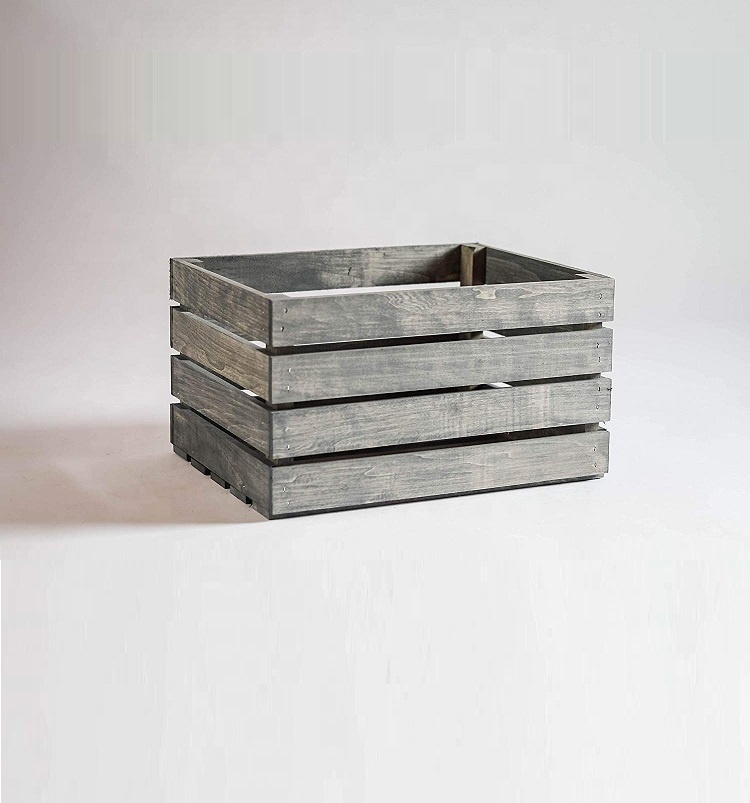Swiss aluminium packaging recycling method
Aluminum packaging recycling
Today, recycled aluminum meets 35% of global aluminum demand, and this proportion is still increasing. In Switzerland, IGORA is the organization responsible for the recovery and recycling of aluminum packaging. The recovery rate of Swiss aluminum beverage cans is as high as 91%; the pet food packaging recovery rate is 70% and the aluminum hose recovery rate is 40%. There are 6,500 aluminum cans in Switzerland. Almost every village and town has a collection box for aluminum products. Since aluminum scrap is a valuable material, recycling companies are very motivated to purchase aluminum scrap.
In 2001, 61,000 tons of aluminum (construction, engineering, etc.) were used by various industries in Switzerland. About 11,600 tons of aluminum was consumed in the home, office, and packaging sectors, of which 8,500 tons was used for aluminum packaging. Only 6,000 tons are suitable for recycling in these fields, and the others are aluminum films. About 3,150 tons (including aluminum cans) were returned, accounting for 27% of the total household, office and packaging industry consumption.
In April 1996, aluminum packaging and steel packaging began to be mixed and collected. Collection is still responsible for the township. In 2002, a total of 3,557 tons of aluminum packaging was collected, of which 2,870 tons were aluminum cans (91% of all aluminum cans consumed), 510 tons were pet food trays, and 350 tons were aluminum packaging hoses.
There are 22 processing centers in Switzerland. Aluminum packaging and steel packaging are separated there by magnets to remove surface material. These aluminum packages were then pressed into large pieces and shipped to five smelters near the border to produce and process new aluminum products (such as automotive parts).
IGORA has received a processing fee of 0.01 Swiss francs per pet food tray and tube. The funds obtained and the income from the sale of scrap aluminum allowed the association to bear the cost of collecting and transporting the recovered aluminum for 60 Swiss francs per ton. However, they must also meet other costs related to the collection of infrastructure.
IGORA charges 0.03 Swiss francs for each aluminum can. The advance processing fee plus the income from the sale of scrap aluminum and the contribution from the aluminum industry sector can cover the costs of collection, transportation, and public relations. IGORA currently purchases used aluminum at a price of 1.3 Swiss francs per kilogram.
The Swiss federal government believes that the current recycling system is operating normally and does not require other measures. However, the federal government also closely monitors whether the measures implemented on July 5, 2000 will effectively provide financial support for the system and stop free riders. For example, the seller must be required to join an existing recycling system or establish a similar system. If the measures already taken cannot effectively guarantee the effective operation of the current private institution's recycling system, the government can introduce a system of decree-based prepayment processing fees.
Source: Ministry of Commerce of China
A wooden crate has a self-supporting structure, with or without sheathing. For a wooden container to be a crate, all six of its sides must be put in place to result in the rated strength of the container. Crates are distinct from wooden boxes. The strength of a Wooden Box is rated based on the weight it can carry before the top (top, ends, and sides) is installed, whereas the strength of a crate is rated with the top in place. In general conversation, the term crate is sometimes used to denote a wooden box.

Although the definition of a wooden crate, as compared to a wooden box, is clear, construction of the two often results in a container that is not clearly a crate or a box. Both wooden crates and wooden boxes are constructed to contain unique items, the design of either a crate or box may use principles from both. In this case, the container will typically be defined by how the edges and corners of the container are constructed. If the sheathing (either plywood or lumber) can be removed, and a framed structure will remain standing, the container would likely be termed a crate. If removal of the sheathing results in no way of fastening the lumber around the edges of the container, the container would likely be termed a wooden box.
Wood Crate,Rustic Wood Crate,Customized Wood Crate,Wooden Wine Crate
Jinan Tri-Tiger Technology Development Co., Ltd , https://www.tritigerwooden.com